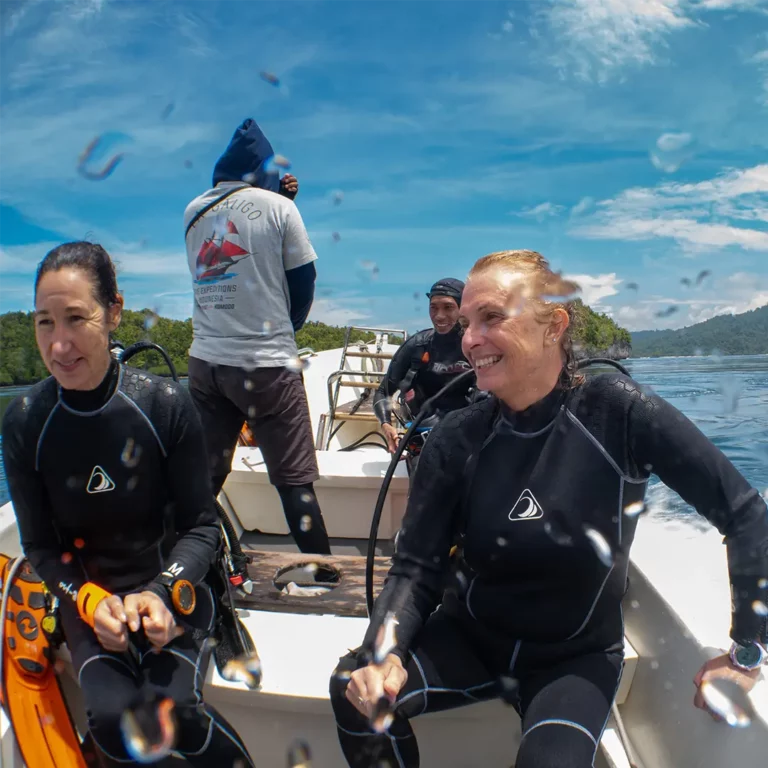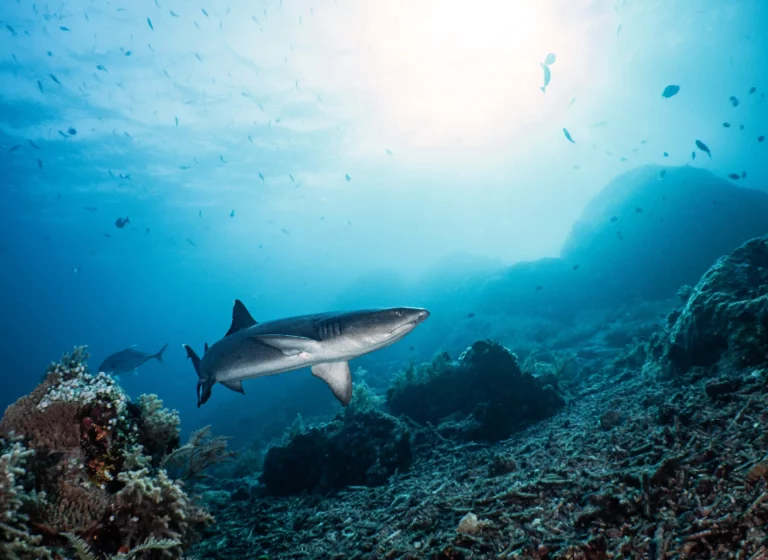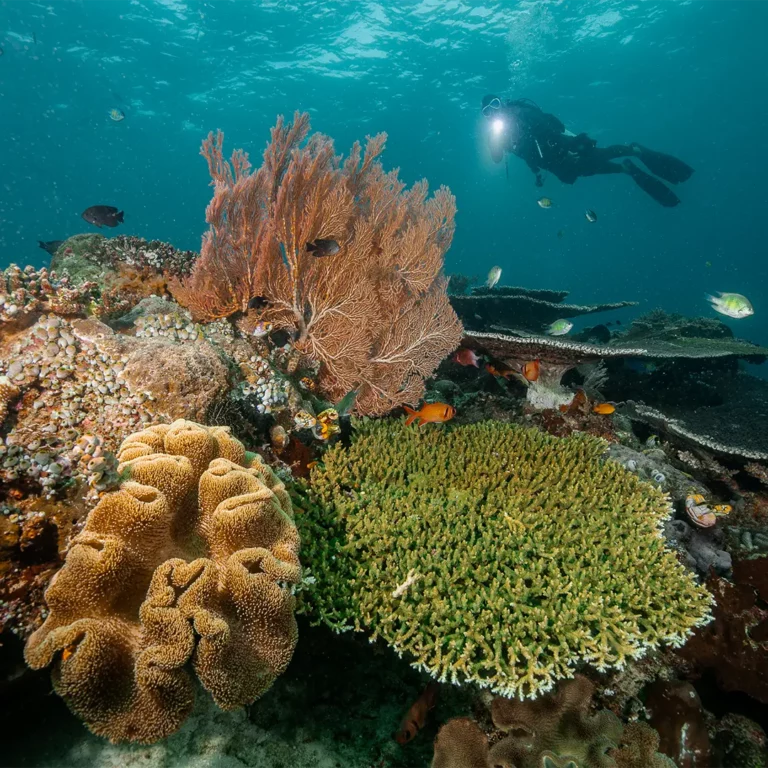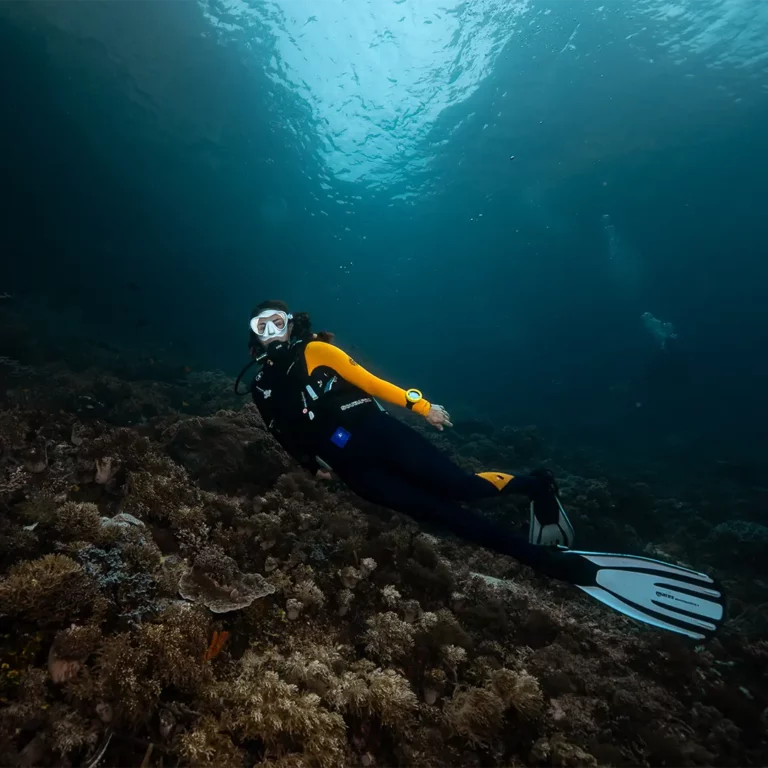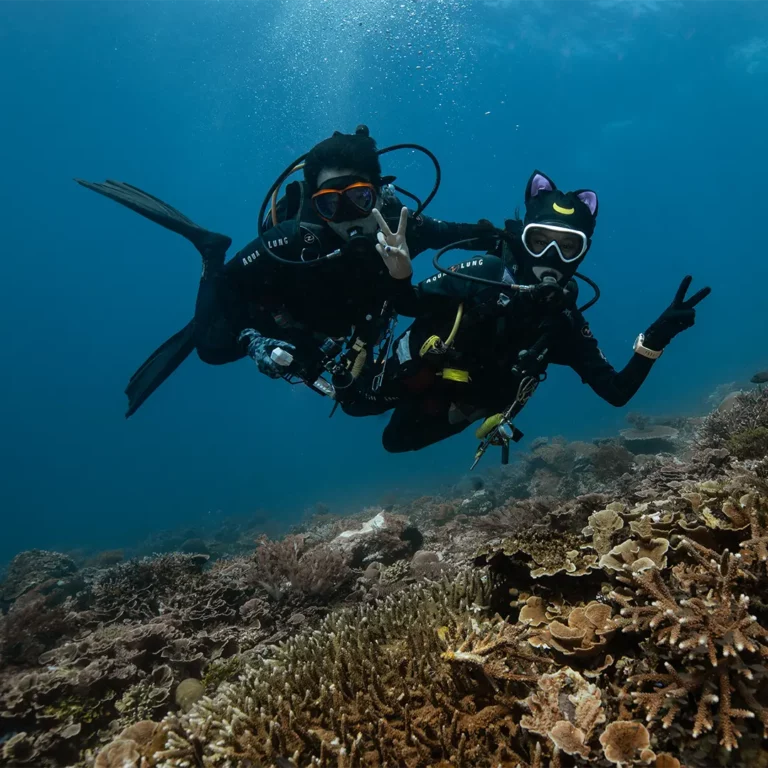So you’ve received your scuba diving certification, which is fantastic! You’ve been scuba diving? That’s wonderful! But did you know there are other kinds of diving you can try? From night dives to ice dives and cave dives, here are the numerous sorts types of diving you should do now that you have your open water certification.
So here are the types of scuba diving:
- Deep Diving
- Drift Diving
- Night Diving
- Open Water Diving
- Cave Diving
- Wreck Diving
- Technical Diving
- Search & Rescue Diving
- Ice Diving
1. Deep Diving
How deep can you go? A dive is deemed a ‘deep dive‘ when the scuba diver descends more than 18 meters below the surface level. However, most deep dives is types of diving will take place at depths of 30 meters or more below sea level. Deep diving is for you if you want to explore specific ecosystems such as shipwrecks, the ocean bottom, or unique animals that only dwell at considerable depths below water.
Of course, this is not a beginner-friendly dive! A deep dive necessitates considerable forethought, experience, and confidence. The deeper you go, the more deadly it becomes, and you must be fully prepared beforehand.
2. Drift Diving
Drift diving is a types of diving with scuba diving style that is designed to allow scuba divers to navigate via the natural water currents that flow around them. They may quickly whiz across a diving site without having to invest too much energy because the water is transporting them around in its flow. Drift diving has been compared to flying by some scuba divers since you can simply relax and get carried away by the environment! Because you don’t have to focus as hard on diving, you can see a lot more wildlife and natural beauty.
A must-do on any scuba diver’s bucket list, drift diving should be attempted only after you’ve gained confidence and scuba diving experience. This is because underwater currents can be harmful and unpredictable, transporting you to unexpected areas. Before going on a drift dive, you need to have a solid sense of underwater navigation.
ALSO READ : Liveaboard Diving in Indonesia: Best Season, Locations, What to Bring
3. Night Diving
It’s exactly what it sounds like, but there’s more to the night diving experience than merely going into the sea at night. Night diving is types of diving to exposes you to a deeper, more mysterious perspective of the underwater world. You’ll be able to safely cruise the depths of the ocean after the sun goes down with the help of a bright underwater torch.
Night dives can provide fantastic adventures such as viewing glowing jellyfish, bioluminescence, and specific forms of marine life that only appear in the dark. It will be easy to join a guided night diving tour in particularly touristy areas. In this situation, the entire dive site is usually lit up, so you don’t have to bring your own torch about.
4. Open Water Diving
This is most likely the types of diving you’re used to. The most popular types of scuba diving among recreational divers is open water diving (thus the name of the open water certification!) The notion is that you are qualified to dive in open water, as opposed to enclosed water like a swimming pool.
The possibilities are endless; you can go wherever you choose! Of sure, as long as you follow the proper diving rules and safety precautions. The beauty of open water diving is that it allows you to take a boat far out into the ocean, away from the coastline, and jump directly into the heart of the ocean.er accreditation
5. Scuba Diving in Caves
If you’re not afraid of heights, this is a fantastic dive. Many scuba divers like cave diving, which involves exploring the ocean’s numerous passages, cracks, and passes. Submerged caverns can be found all over the ocean, and certain locations are noted for having especially amazing sea caves that draw divers from all over the world. You can explore it like an underwater playground or maze.
This is not for the faint of heart or the claustrophobic. The last thing you want to do is become uncomfortable or imprisoned in a cave or tunnel beneath the water, so be sure you know your skill level before attempting these dives.
6. Wreck Diving
Many divers expressly seek open water certification in order to explore shipwrecks underwater. Nothing is more intriguing, mysterious, or beautiful than a sunken ship underwater, with all of its pieces still present for discovery and exploration. Shipwrecks, in most cases, have attracted an entirely new ecosystem of fish, coral, plants, and sea life, making them extremely amazing sites to explore.
There are so many shipwrecks all around the world, and no matter where you go, there will be a wonderful shipwreck dive nearby.
ALSO READ: 9 Best Komodo Dive Sites to Visit in 2024
7. Technical Diving
Technical diving is a step up from recreational diving and requires more than just an open water certification. That being said, it’s something to strive for, right? Technical diving is a catch-all word for all scuba diving that exceeds the depth and immersion duration constraints established by recreational diving. Technical divers will utilize unique gas mixtures for breathing (rather than compressed air) and will dive deeper than 40 meters.
Technical divers are also known to dive in above situations, such as deep cave tunnels or shipwreck interiors, where they are entirely cut off from natural light and the water’s surface.
8. Search and Rescue Diving
Some divers utilize their certification to help others, and you can, too! What could be better than enjoying a scuba dive while also assisting someone in a sticky or risky situation? Rescue diving is diving in response to underwater emergencies, mainly caused by other scuba divers.
To be a rescue diver, you must have extensive experience and will receive specialized training in rescue and first aid procedures such as aquatic first aid, surface rescue, depth rescue, and tactics for shore and boat diving deadly scenarios. To be a rescue diver, you must be physically and mentally fit.
9. Ice Diving
It’s exactly how it sounds! Ice diving is for people who desire to explore the incredibly cold aquatic ecosystems beneath sheets of ice. To go ice diving, you’ll normally need to cut a hole in the ice with a chainsaw, attach to a special harness kit, have a special regulator that can perform without fault in temperatures much below freezing, and a drysuit or thick wetsuit warmed with hot water.
Of course, you won’t go ice diving unless you have a full face mask, gloves, boots, and a hood – unless you like the notion of freezing underwater? Ice diving is an excellent opportunity to uncover the isolated weird species that live beneath layers of ice. You may also glance up and see the ice ceiling from above, which is a stunning sight. very incredible!


